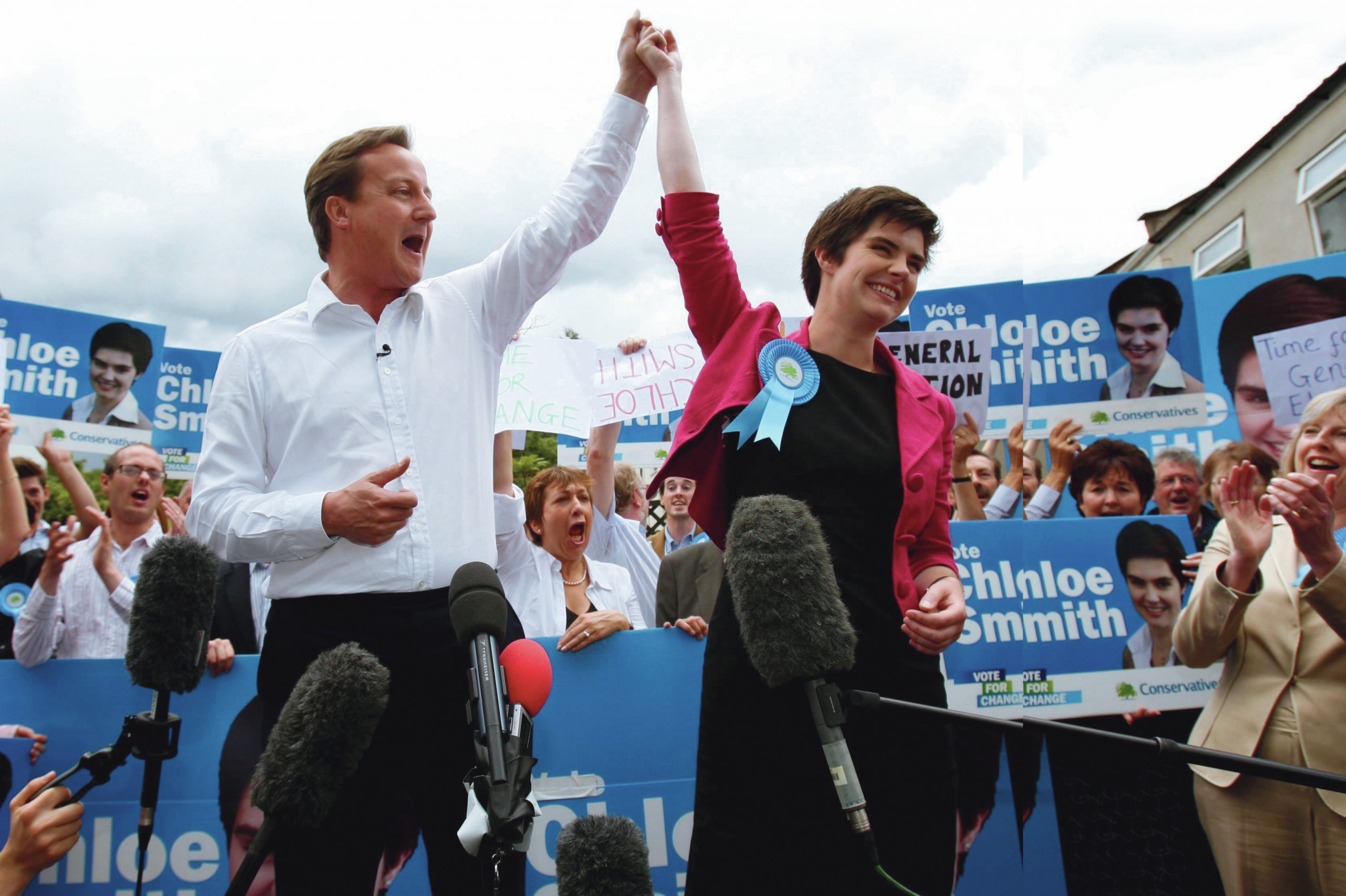
Things have changed for women in the Conservative Party since 2005. At the 2010 general election, the Conservatives more than doubled their number of women MPs, from 17 to 49. In addition, women in the party had been active in developing a new women’s policy, and the Tory manifesto was much more competitive on ‘women’s terrain’ than it had been previously (Campbell and Childs 2010).
The increase in the number of women MPs returned by the Conservative Party in 2010, while welcome, was ultimately a missed opportunity. The Conservatives failed to double their percentage of women MPs (which rose from 9% to 16%), and they also failed to meet their own target of 60 women. Labour’s advantage on women’s descriptive representation — the proportion of female MPs — also remained. Despite losing the election in 2010, Labour still managed to increase the percentage of its women MPs to more than 30%, making 81 Labour female MPs in total (Table 1).
Your organisation does not have access to this article.
Sign up today to give your students the edge they need to achieve their best grades with subject expertise
Subscribe




